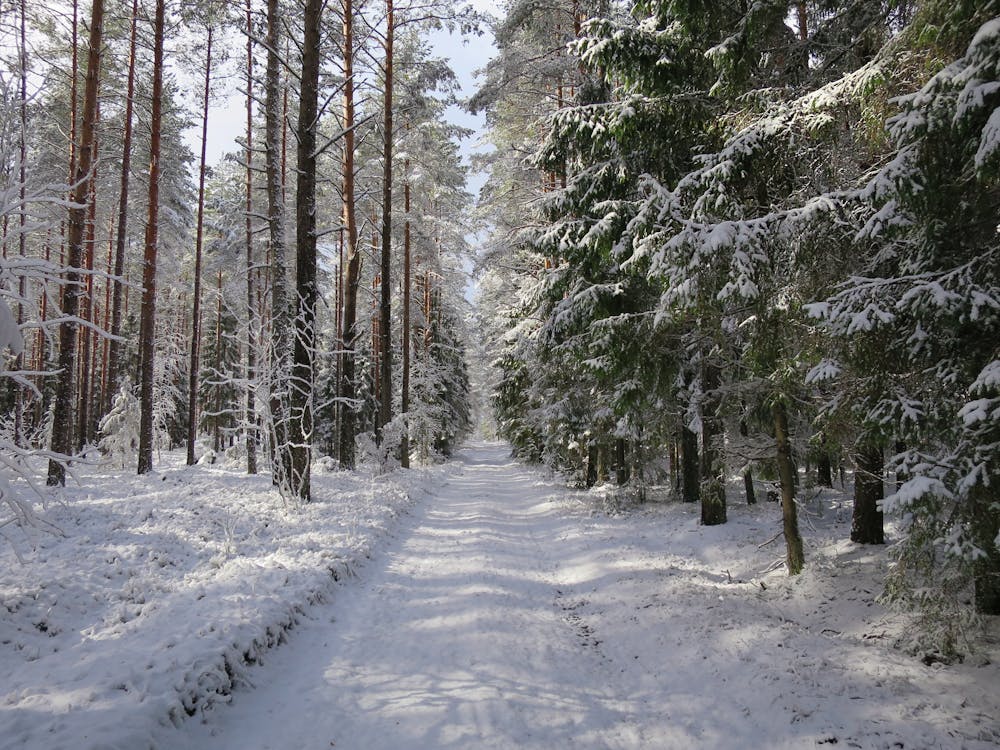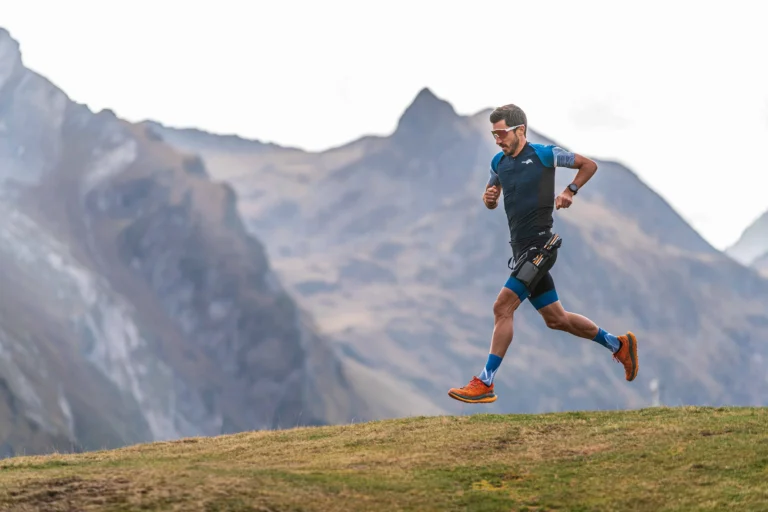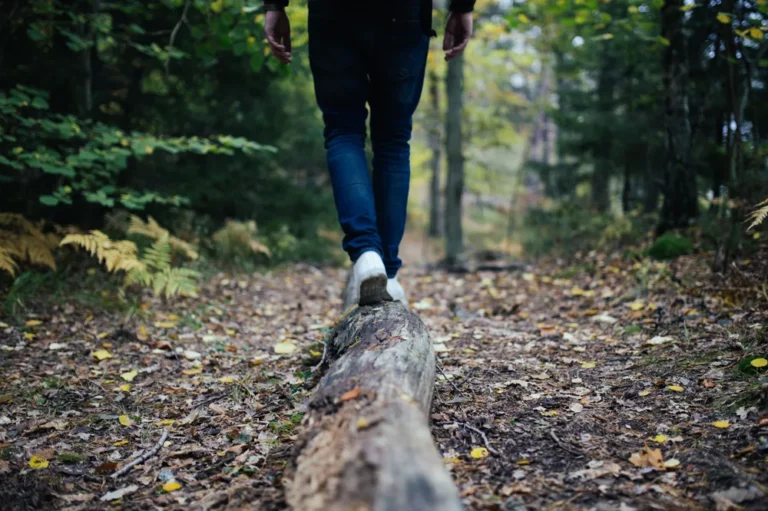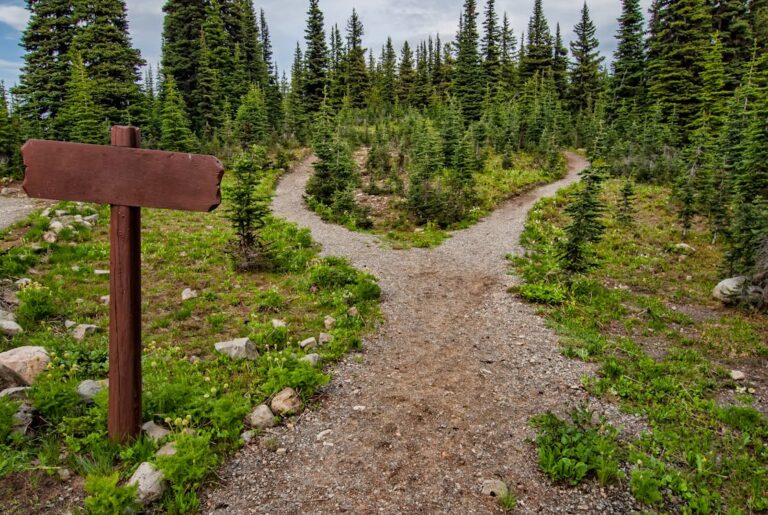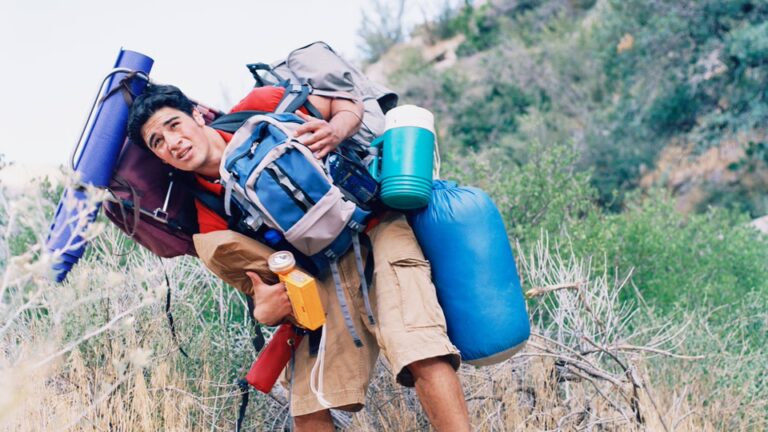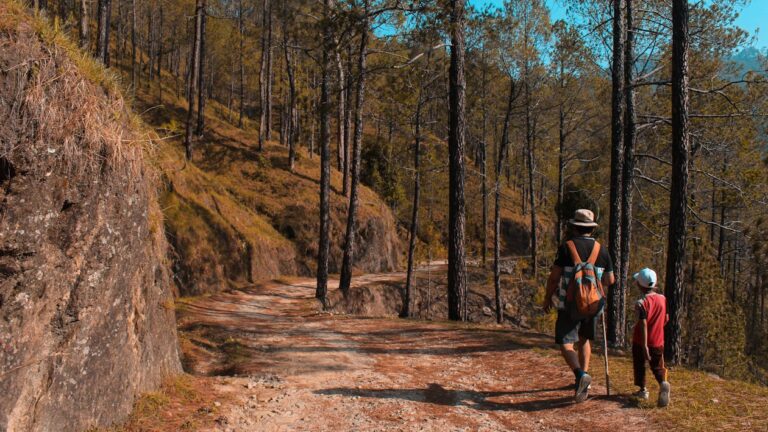A Beginner’s Guide to Trailing in Snowy Mountains
Exploring snow-covered mountain trails is a breathtaking experience, offering stunning winter landscapes, crisp air, and a peaceful atmosphere. However, snowy conditions bring challenges like cold temperatures, slippery paths, and unpredictable weather, so proper preparation is essential.
This guide will help you stay safe, warm, and prepared while enjoying a snowy mountain adventure.
🏔️ 1. Why Try Snowy Mountain Trails?
✔ Stunning Views – Snow-covered peaks, frozen lakes, and frost-covered trees create a magical setting.
✔ Peaceful Atmosphere – Fewer hikers mean a quiet, serene experience.
✔ Great Exercise – Walking through snow challenges your balance and endurance.
✔ Fresh Air & Mental Clarity – Crisp mountain air boosts focus and relaxation.
💡 Tip: Snowy trails burn more calories due to added resistance—great for a full-body workout!
🎒 2. What to Bring for Snowy Mountain Trails
Winter hiking requires specialized gear to stay warm and safe:
✔ Layered Clothing – A moisture-wicking base layer, an insulating mid-layer, and a waterproof outer layer.
✔ Insulated Boots – Waterproof, warm boots with good grip to prevent slipping.
✔ Gaiters – Protects your legs from deep snow.
✔ Gloves & Hat – Essential for warmth, especially in high altitudes.
✔ Trekking Poles – Helps with balance on icy or uneven ground.
✔ Crampons or Microspikes – Attach to boots for extra grip on ice.
✔ Backpack – Small but sturdy enough to carry essentials.
✔ Thermos with Hot Drink – Keeps you warm and hydrated.
✔ Snacks – High-energy foods like nuts, dried fruits, and protein bars.
✔ Sunglasses & Sunscreen – Snow reflects sunlight, which can cause sunburn or snow blindness.
✔ Headlamp or Flashlight – Days are shorter in winter; be prepared for early darkness.
✔ Navigation Tools – Map, compass, or GPS to avoid getting lost.
💡 Tip: Avoid cotton clothing—it retains moisture and makes you colder!
❄️ 3. Choosing the Right Snowy Trail
Not all trails are safe for winter hiking. Here’s how to choose wisely:
✔ Well-Marked Trails – Snow can hide paths, so stick to known routes.
✔ Gentle Slopes – Avoid steep inclines where snow can be unstable.
✔ Low Avalanche Risk – Research avalanche-prone areas before heading out.
✔ Accessible Location – Choose a trail with clear parking areas and easy exit points.
✔ Check Weather Conditions – Sudden snowstorms can make trails dangerous.
💡 Tip: Look for state parks, national parks, or well-traveled trails for a safer experience.
🚶♂️ 4. Tips for Safe Snowy Mountain Trailing
✔ Start Early – Winter days are shorter; aim to finish before sunset.
✔ Pace Yourself – Walking in snow is harder than on dry ground.
✔ Stay Hydrated – Cold air dehydrates you, so drink water regularly.
✔ Check for Ice – Step carefully to avoid hidden icy patches.
✔ Watch for Signs of Hypothermia – Shivering, confusion, and fatigue are warning signs.
✔ Stay on Trail – Snow can make it easy to get lost; follow markers or footprints.
✔ Hike with a Buddy – Safer than going alone in unpredictable winter conditions.
💡 Tip: If hiking alone, tell someone your route and expected return time.
🏔️ Final Thoughts: Embrace the Beauty of Winter Trails!
Trailing in snowy mountains is a challenging but rewarding experience, offering unforgettable views and a peaceful escape into nature. The key is to dress warmly, bring the right gear, and stay safe while enjoying the crisp air and breathtaking scenery.
💬 Have you tried snowy mountain hiking? What’s your favorite winter trail? Let’s chat in the comments! ❄️🥾

